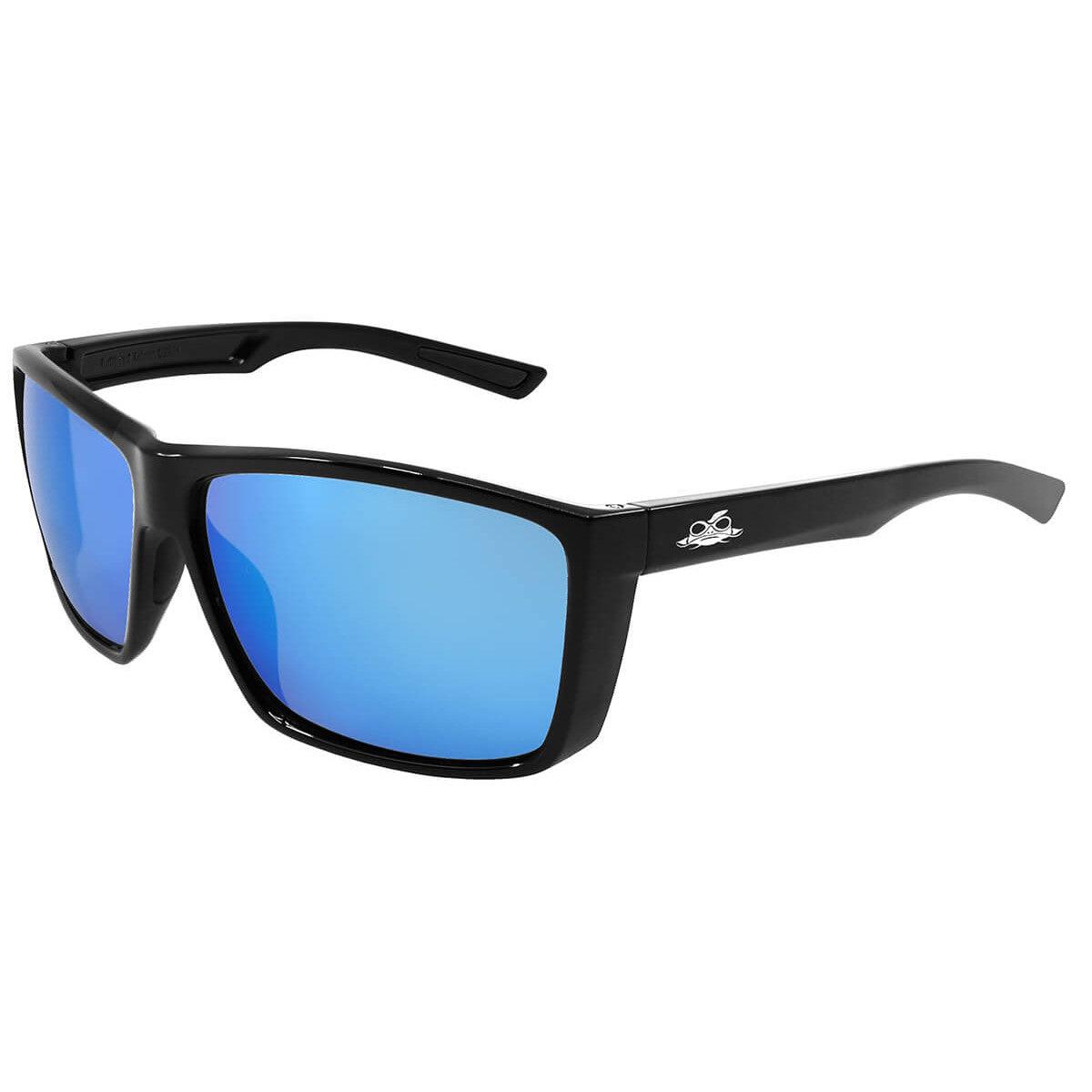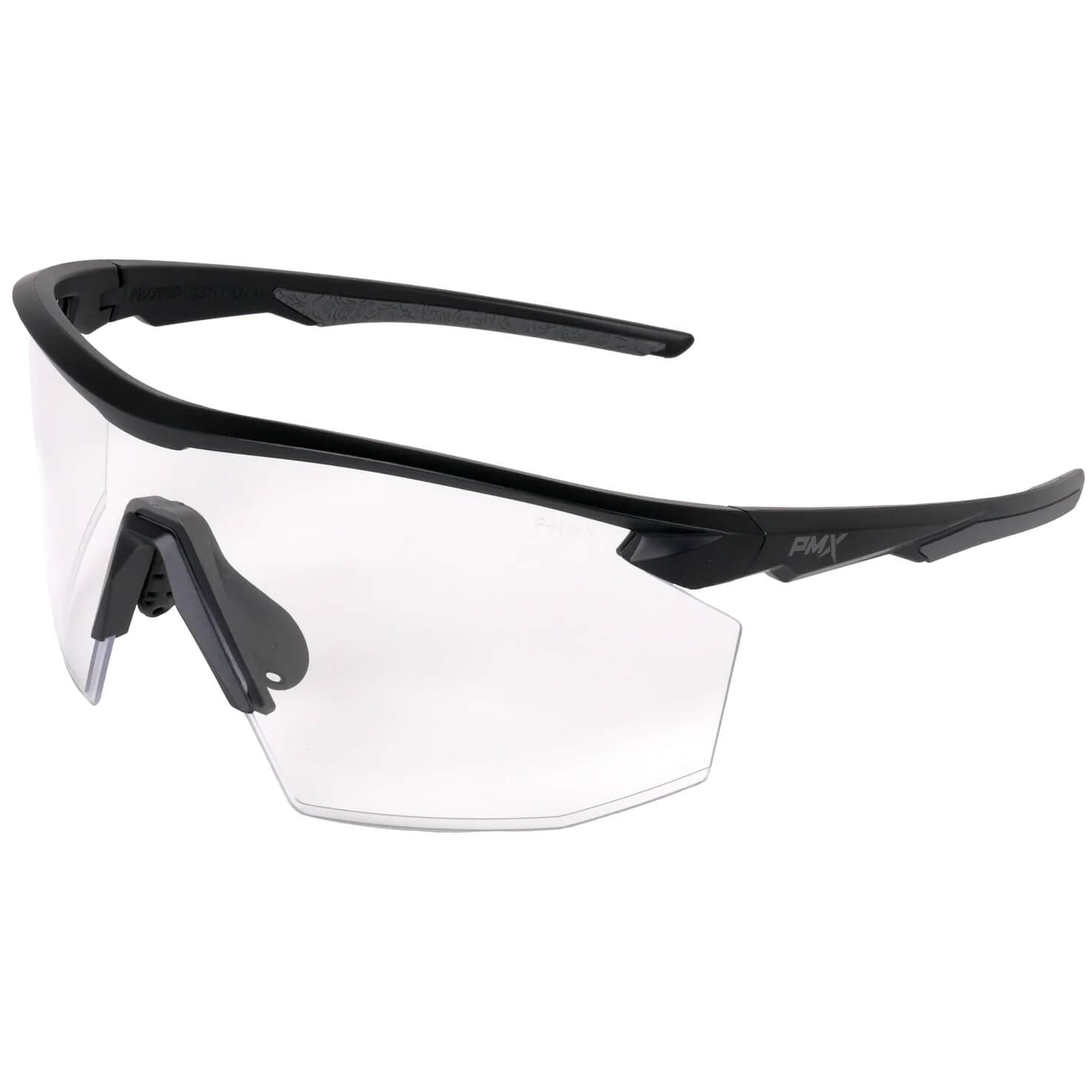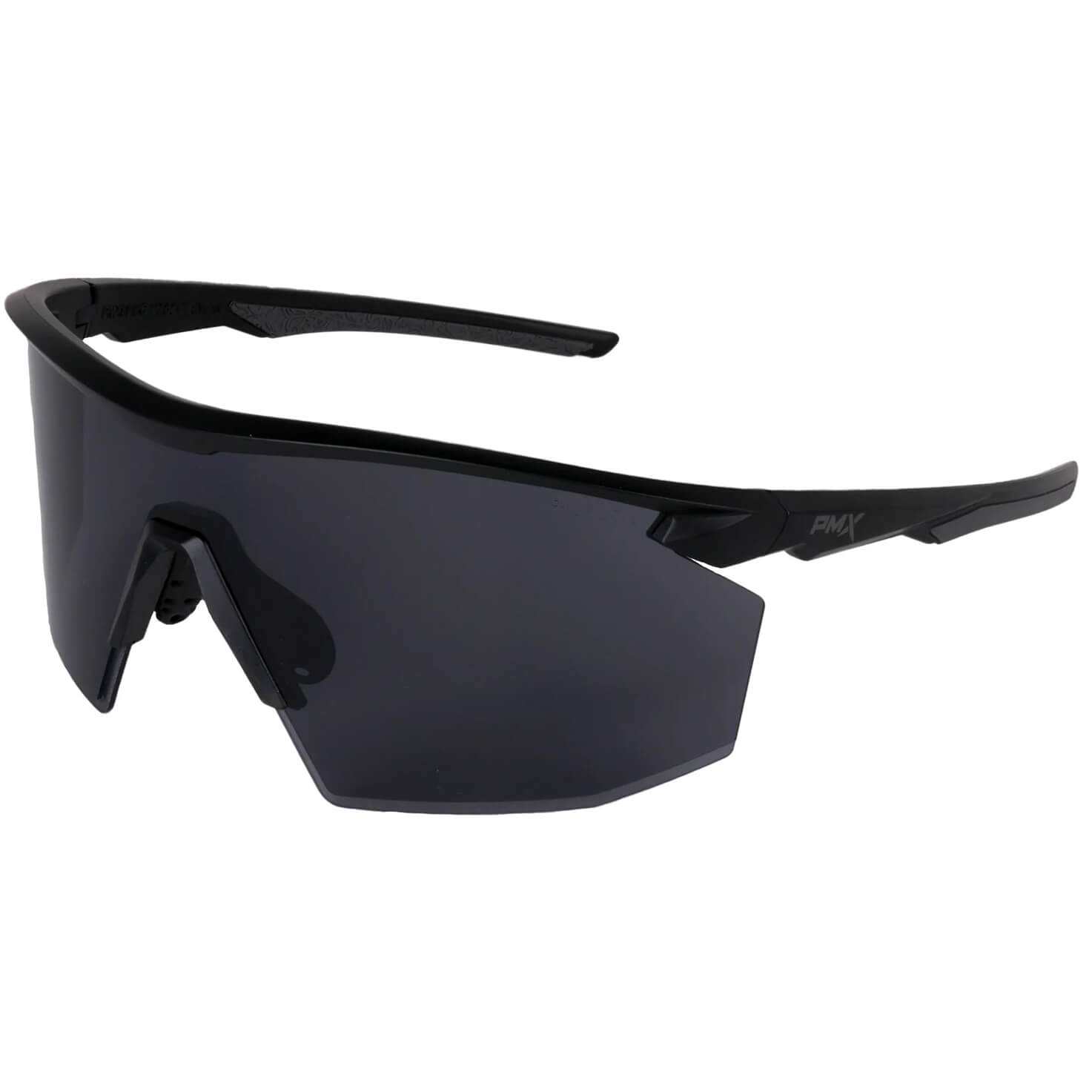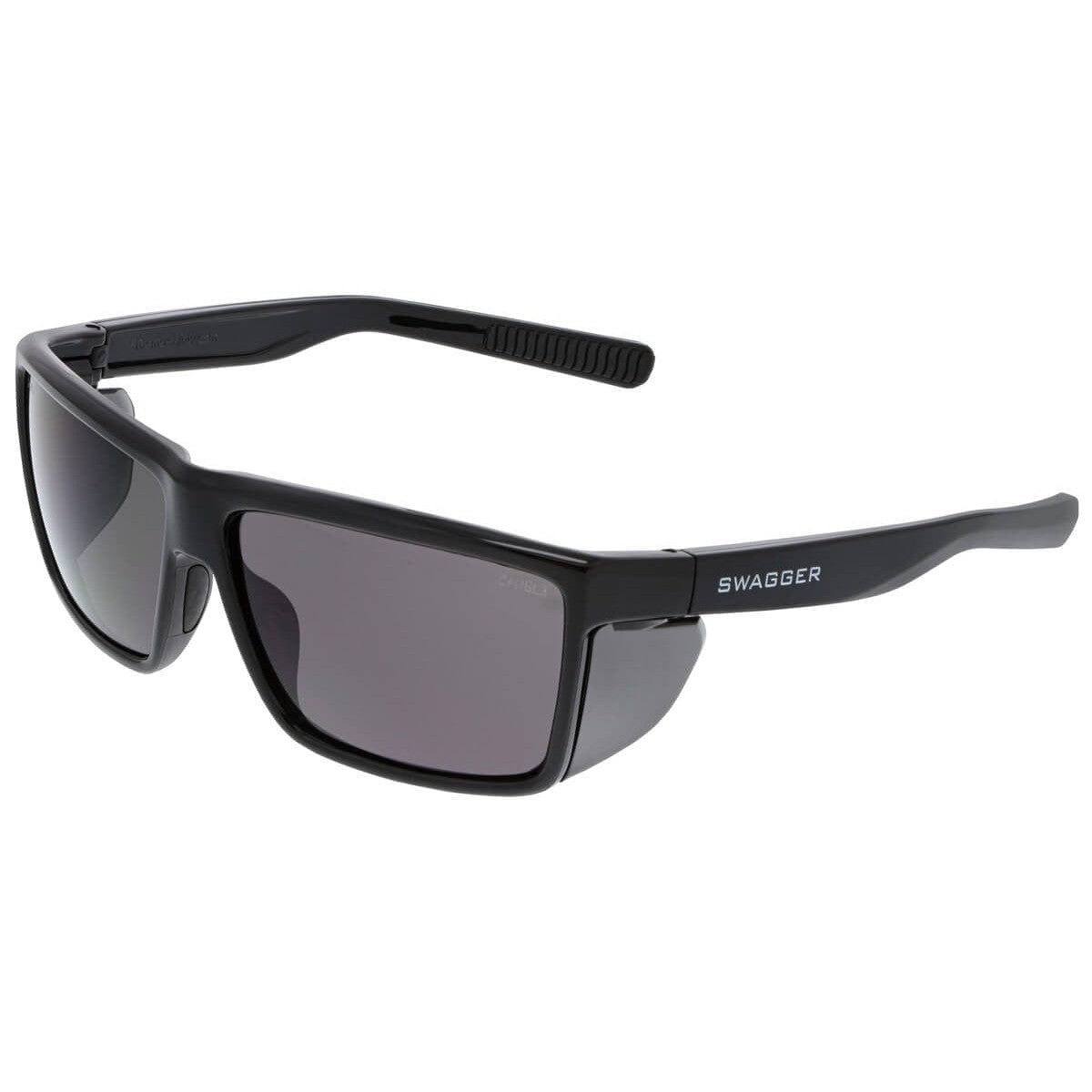The vast majority of sunglass searchers see polarization as being “better” than non-polarized. Some are aware that it is better for blocking glare than the average pair of sunglasses. However, few people know why this is the case. Our good friend, science, has the answers we seek.
What Does Polarization Really DO?
In many ways, light is a wonderful thing. Unfortunately, it can become very harmful. The sun produces quite a bit of light that can damage your eyes over time. In addition to the visual spectrum of light, i.e., what you can see, the sun produces a lot of ultraviolet radiation that is strong enough to burn your skin during the day and even cause sunburn in the eye if you aren’t wearing the proper protection.
Many sunglasses, including polarized, come with polycarbonate lenses, which naturally block 99.9% of harmful UV rays! This is a critical specification for most sunglass searchers, making some wonder why they would even need polarized sunglasses if it’s not what provides the UV protection. So, what role do polarized sunglasses play in protecting your sensitive eyeballs?
Light is Real
Light, like most things, occupies space in 3D, meaning it is not a straight line. This also means the light is, for explanation purposes, unorganized despite its high speed. Polarization, essentially, organizes light by blocking rays that do not fit through the polar lens. So, the lens “straightens” out light by blocking light waves to reduce the scatter and not only protect your eyes but make the visible spectrum much easier to see by cutting out excessive glare. Don’t be confused, the light is indeed blocked and not made straight, but the example may help visualize what happens when the extra light is, in fact, blocked. If you can imagine multiples waves in an almost spherical shape as one light ray, you can better visualize Figure 1.

Imagine a grate with vertical bars. Now imagine you have a bunch of sticks and you drop all of the sticks onto the grate (you have a lot of sticks). As the sticks fall, you’ll notice only the sticks facing the same direction as the bars, vertical, will pass through the grate. You’ll also notice that any sticks not facing vertically will bounce off, unable to get through the bars.
What does that have to do with my eyes?
Let’s pretend those sticks we dropped are actually tiny, like sawdust. Without the grate (polarized lens), all of the sawdust (light) will be able to enter directly into your eye, ouch. Now let’s assume we are wearing our polarized lens! This gives us a filter. Much of the sawdust will be caught by our protective filter, unable to enter our eyes.
The polarized lens and light follow a similar style. With the protection of polarized lenses, excessive light rays fail to penetrate the filter and cause eye strain. In combination with the scattered light protection of polarized lenses, polycarbonate lens make an excellent protective pair by protecting you from the light you can’t see, and the light you can!

A graphic interpretation of polarized light.
So What’s The Real Benefit?
As we pointed out, the amount of light blocked by polarized sunglasses is far different from the light of your average pair of dark tinted sunglasses. Darker lenses only dim the visual spectrum and do not protect you from the intensity or damage of excessive light. With that, let’s look at some highlights of Polarized Lenses:
- Reduced glare = reduced eye strain.
- Reduced eye strain can help with headaches.
- Better view of the visual spectrum, increasing your ability to not only see but perceive the world around you.
- Fishers and boaters enjoy polarized sunglasses because they can see more clearly into the water that typically would be reflecting a blinding amount of light.
- Clearer vision assists the brain in determining what it is sensing, allowing for quicker determination of surroundings and improving reaction time altogether creating a safer environment.

Keep In Mind!
Although with great benefits, there are still a few things to bear in mind when using polarized lenses. During winter time, the reduced glare can actually create an issue. Ice on the road can become packed down, melted, frozen and repacked creating black ice. Already difficult to see, polarized lenses can block almost all of the glare making the ice virtually invisible.
Skiers and other downhill activities can have a similar issue with ice chunks and bumps when wearing a polarized lens. It is important to understand the conditions of your surroundings and what your activity involves when determining whether or not to use polarized lenses.

Polarized Lens Wrap Up
Polarized lenses accommodate a wide variety of users, from a utility like fishing and boating to fashion experts, hipsters, athletes and the average commuter. The ability to filter the world around you and see, with precision, the things around you is a wonderful gift. Check out some of the images showing off how much more of the world you can see by blocking glare.
On a practical level, you save yourself some headache, quite literally, by reducing eyestrain. On a higher level, polarized lenses open up a new world of visual experiences by allowing you to see the environment around you and enjoy the scenery for its natural beauty without a bright white stain of glare preventing you from enjoying it.








